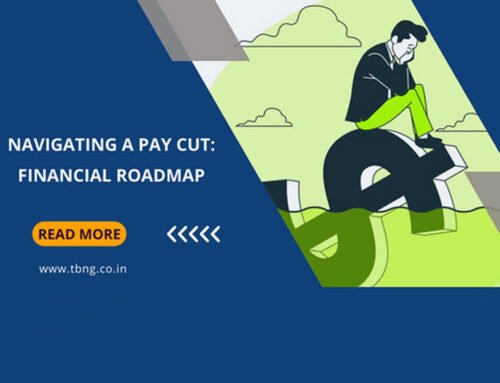All conversations regarding investments sail over the undercurrent of the risk and return tradeoff. This even plays a defining role in the purchase decision once investors have evaluated the amount of risk they will be exposed to when they choose an investment product. One of the key challenges to successful investing depends on mitigating the risk exposure of your investment portfolio.
Risks can be broadly classified into two categories:
- Systematic risks
- Unsystematic risks
Systematic risks
The risk that affects the entire system and is applicable to the entire financial market or a wide range of instruments is called systematic risk. The common types of systematic risks include:
Inflation risk
Put simply, Inflation Risk is about the risk that the final investment pay-out may be lesser in value than the amount invested. This defeats the entire purpose of making investments as the primary objective behind any investment activity is the increase in the value of your assets.
Also known as Purchasing Power Risk, it is highest in fixed return instruments, such as bonds, deposits, and debentures, where investors are paid a fixed periodic interest and returned the principal amount at maturity.
Exchange rate risk
Investments that are made across national borders are often additionally exposed to Exchange rate risks. This is caused due to changes in the exchange rate of domestic currency relative to a foreign currency. It primarily happens when a domestic investor invests in foreign assets, or a foreign investor invests in domestic assets.
When the value of the domestic currency falls in value against foreign currency, the value of foreign assets increases in terms of the domestic currency, and the value of domestic assets in terms of foreign currency decreases. Whereas if domestic currency increases in value against foreign currency, the value of foreign assets decreases in terms of the domestic currency, and the value of the domestic assets increases in terms of foreign currency.
Interest rate risk
Interest rate risk refers to the inverse relationship that bonds & other fixed-rate investments have with interest rates. It’s the risk that bond prices will fall in response to rising interest rates, and rise in response to declining interest rates. Thus, bond investments are subject to volatility due to interest rate fluctuations. This risk also extends to debt funds, which primarily hold debt assets.
Reinvestment risk
This risk arises from the probability that income flows received from an investment may not be able to earn the same interest as the original interest rate. It could lead to the intermediate cash flows being reinvested at a lower return as compared to the original investment and could affect the total returns from the investment.
If the Interest rate rises the reinvestment risk reduces or is eliminated and if the Interest rate falls the reinvestment risk increases. Choosing the cumulative option available in most debt investments is a way for investors to protect their investment from reinvestment risk. Bond fund managers hold securities of different maturities to manage these risks by laddering their portfolios.
Unsystematic risks
The risk that is specific to individual securities or a small class of investments is known as unsystematic risk. Commonly observed unsystematic risks include:
Credit risk
This risk refers to the probability that borrowers will default on their commitment to paying interest and/or principal as scheduled. The ability of the issuer of the debt instrument to service the debt may change over time and this creates default risk for the investor.
The sovereign government as a borrower has no credit risk as they have the means to raise funds through taxation, international loans, and even print notes, to repay loans. The risk associated with all other borrowers can be measured using credit ratings (alpha-numeric symbols) assigned to a debt instrument.
SEBI has standardized the symbols used by credit rating agencies. Symbols such as
AAA, A1 indicates the highest degree of creditworthiness while D represents default status.
Business risk
It is the risk inherent in the operations of a company and is caused by factors that affect the operations of the company. Common sources of business risk include the cost of raw materials, employee costs, introduction and position of competing products, marketing and distribution costs.
Liquidity risks
Liquidity risk implies that the investor may not be able to sell his investment when desired. Corporate bonds as well as investments in property and art are subject to liquidity risk.
Some investments also come with a lock-in period during which investors cannot exit the investment. Investors can manage this risk by holding a diversified portfolio of securities so that their need for liquidity is taken care of by the liquid investments in their portfolio.
A unified approach to deal with the various risks that are inherent across investment alternatives is to minimize the exposure of your portfolio to any one particular risk. A well-thought-out and diversified portfolio can hedge and amplify your investment returns in the long run.






